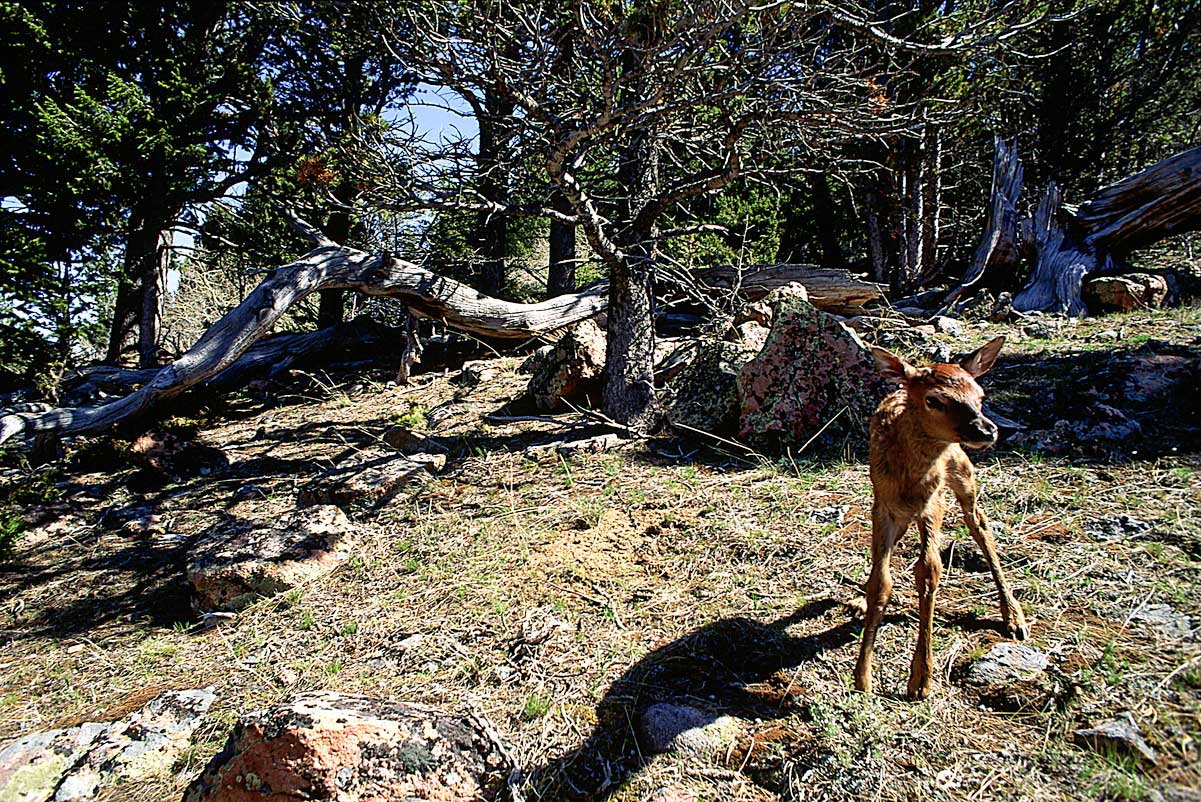It’s become an all too disturbing trend. And it just continues.
According to a Yellowstone National Park news release, visitors removed an elk calf from the wild over the Memorial Day weekend and took it to the police station in West Yellowstone, Montana. The only other detail reported about the incident is the elk calf was later released into the forest. There’s no word on whether it survived.
That comes on the heels of a man from Hawaii who pleaded guilty to intentionally disturbing wildlife in the park by grabbing a newborn bison calf from the edge of a river and took it up an incline to the roadway. Officials tried to reunite it with the herd but the animals rejected it so the calf was eventually euthanized because it continued to follow people and became a hazard along the busy road.
Unfortunately, there are other recent incidents involving wildlife happening across elk country. At Rocky Mountain National Park in Colorado, a boy feeding a cow elk recently had his fingers bitten. And in Banff National Park in Canada, a cow elk defended her calf by charging a couple of hikers and a cyclist.
Tis the season for calves and fawns and other young wildlife to come into the world. State wildlife agencies across the country are sending out word to leave the newborns alone.
“Well-intentioned people might step in to help a young animal that appears to be alone, not realizing its mother is nearby and it’s not in need of help,” said Matthew Schnupp, Pennsylvania Game Commission wildlife management director. “That’s one reason why leaving young wildlife undisturbed in the wild typically is the best solution when encountering young wild animals.”
Disturbing or removing young wildlife can result in fines or legal charges. Wardens urge onlookers to report any such illegal activity they see.
(Photo source: Rocky Mountain Elk Foundation)
